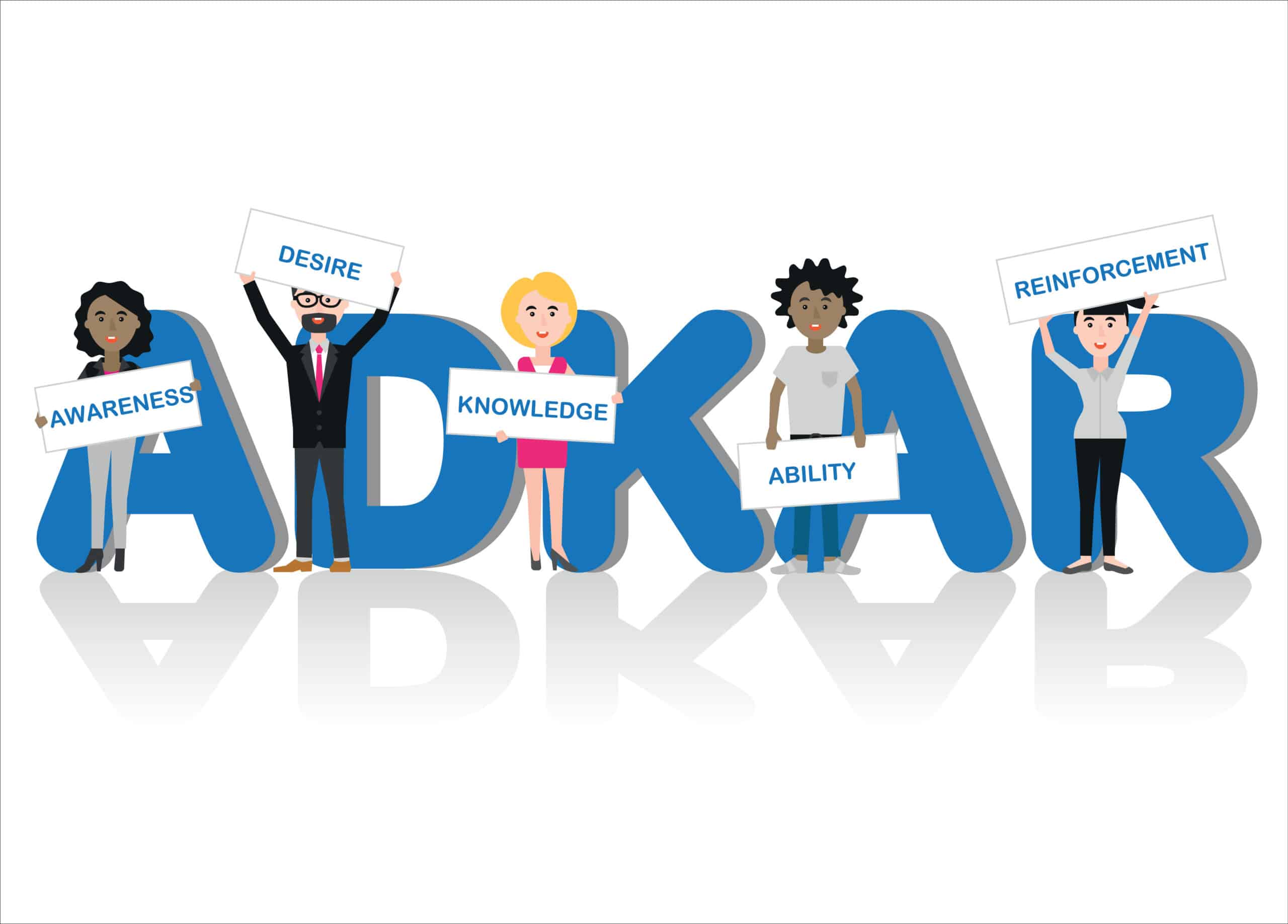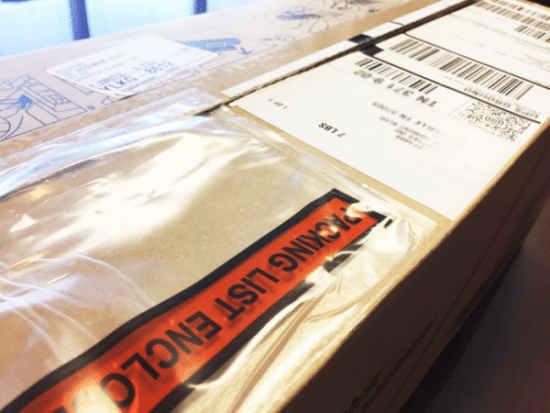This year we have experienced a rapidly changing business world in the midst of a pandemic. Change is virtually unavoidable and inevitable. Effectively navigating (or, dare we say it, pursuing) change can provide the very cornerstone of a company’s ultimate success or demise. Agile leaders recognize that, at its core, a dynamic change culture is far more about strategic direction than mere process improvement. They also understand that even the biggest industry trailblazers and pioneers must consistently innovate, reinvent, and transform, or risk eventually being outpaced by the competitive masses constantly attempting to take their share in the marketplace.
Develop a Change Culture that Recognizes Leadership in Your Organization
Previous generations of change leaders relied primarily on strategies that adjusted their business tactics. Focusing chiefly on implementing controls, guidelines, and restrictions on existing practices and protocols, these elements were essential to help the business track, analyze, and monitor modifications and patterns. Today management tactics alone aren’t enough to optimize results for any given initiative. For truly transformative innovation, leaders must also become change champions and leaders.
For organizations in every industry, developing a proactive culture of change benefits an agile response allowing for quick adjustment, adaptations and innovation to meet both competitive and consumer demand. It’s essential to include several change strategies that allow the leader to lead the change.
Identify the Strategic Vision
An important first step to launching any change initiative is to crystalize and communicate your overall strategic vision and desired outcomes. Every designated goal and objective should be developed with tangible parameters and results to not only help pinpoint progress during the initiative, but also help your team implement the necessary tools needed to monitor and drive success during the change.
Designate Initiative Stakeholders
Most business owners assume that change leadership requires top-down direction; however, that’s not necessarily the case. While the C-level executives will often be the drivers of change imperatives, they are not solely responsible for implementing these changes across your organization. Creating a thorough list of all relevant stakeholders can help to channel ownership of the change to those affected most.
Understand Stakeholder Motivation
Of course, acknowledging your stakeholders isn’t enough to guarantee the success of your program. It’s also essential to take a deep dive into the motivation for this change. Simply put: why should anyone care about the need for process improvement and/or business transformation? A thorough stakeholder analysis can provide invaluable insight on who is most impacted by the operational pivot as well as who is most likely to promote your new initiative across the organization. Knowing what drives and encourages stakeholder engagement can help you align these resources with the company’s strategic vision as well as enable you to give them the tools, resources, and capabilities to achieve it.
Consistently Support and Promote Sustainable Change
Finally, it’s vital to implement a process that keeps business adjustments and modifications a top priority and focus within your company. The ADKAR® model, developed by Prosci®, offers a simple, yet effective, philosophy for promoting a long-term, sustainable change culture in companies of every size and across every industry. The acronym ADKAR® stands for:
- Awareness of the need for modification
- Desire to support the shift
- Knowledge of how to adjust
- Ability to demonstrate skills and behavior
- Reinforcement to make the changes stick
While most of the steps are intuitive, many business leaders assume that reinforcement requires monetary compensation. However, this isn’t necessarily true. Reinforcement simply means acknowledging and celebrating every milestone and phase in the process that creates positive momentum to inspire and reward employees. For long-term employee adoption and ultimate program success adopting change leadership principles is a key.
Contact InfoWorks today to learn more about incorporating dynamic change leadership into your organization.




